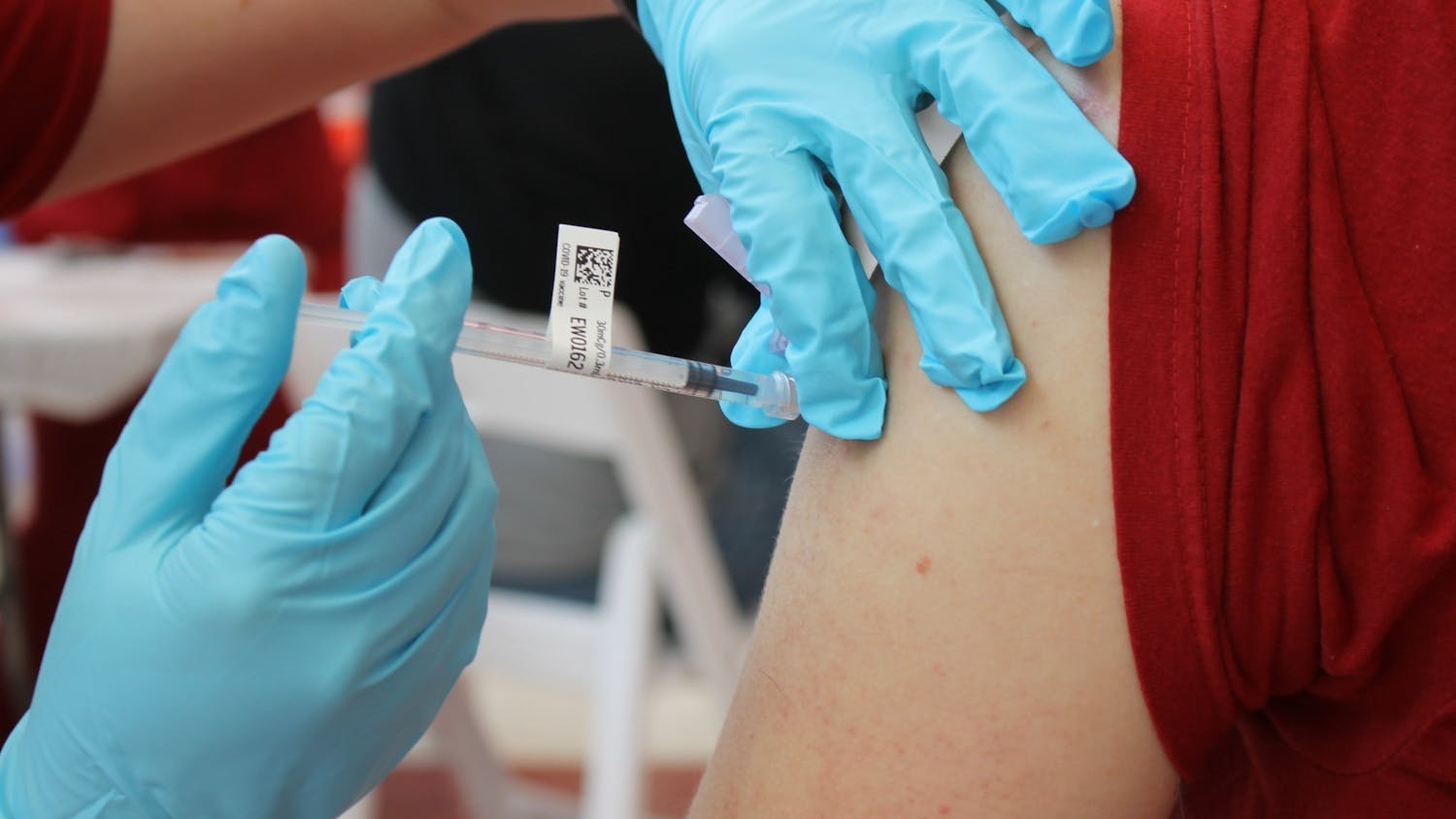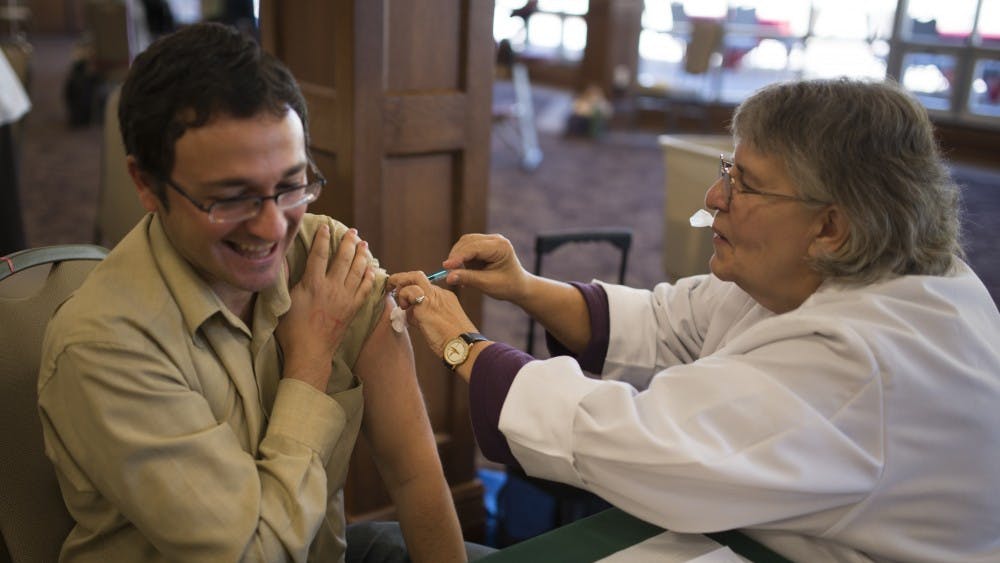Why do arms grow out of shoulder sockets instead of, say, the middle of the back? Or, for that matter, why do arms even grow at all? \nArmin Moczek, assistant professor of biology, thinks about these kinds of questions a lot. But instead of human arms, he studies horns in beetles of the genus Onthophagus, more commonly known as the dung beetle. \nMoczek has received a $530,000 grant from the National Science Foundation to continue his research on how and why some adult beetles have horns and others do not. According to an IU press release, horned beetles have become an increasingly used biological model system. Aspects of Moczek’s research, particularly his work on the relationship between horned beetles and programmed cell death, can even help explain why humans have separate fingers, instead of webbed hands.\nMoczek’s work is part of the growing field of evolutionary and developmental biology, or “evo-devo,” a field that compares how different developmental routes evolved and also compares the way different organisms develop to help explain their ancestral relationships.\nMoczek said he chose to study beetle horns because they’re an obvious trait. \n“They’re not subtle at all; they can make up 30 to 40 percent of a beetle’s body weight,” Moczek said. \nThe way the beetles use their horns also interests Moczek. \n“They’re used as weapons in male to male competitions, and they play a clearly significant role for behavioral ecology,” Moczek said.\nFor example, Moczek said, in some species of beetles, males’ horns might vary drastically in size. Since males with large horns win battles for females, differences in horn size can lead to different reproductive tactics. \nIn many cases, males with small horns or no horns may be able to “sneak” copulations, even when larger-horned, more aggressive males are around. Moczek said that because the small-horned beetles look more like females, the large-horned males simply don’t notice when the small-horned ones sneak in to woo females. \nWhat makes horn development especially interesting, Moczek said, is that in most species, both sexes develop horns. One can see this in immature stages of development. \n“But then one sex activates massive programmed cell death and removes the structure before it turns into an adult,” Moczek said. \nProgrammed cell death, or apoptosis, happens in other animals as well. For example, swallowtail butterflies grow a giant bottom wing, and then the cells around what will end up as the “tail” die, leaving what could be called a “normal” wing behind. \nMichael Lynch, distinguished professor of biology, said that a compelling aspect of Moczek’s work is his ability to bridge the gap between developmental mechanisms and function and adaptation at different biological levels. \n“This kind of synthesis, along with an understanding of how such changes are promoted at the population level, is essential if our understanding of evolution is to be more than a series of ‘just so’ stories,” Lynch said.
IU researcher uses beetle horns to understand evolution and development
Get stories like this in your inbox
Subscribe





